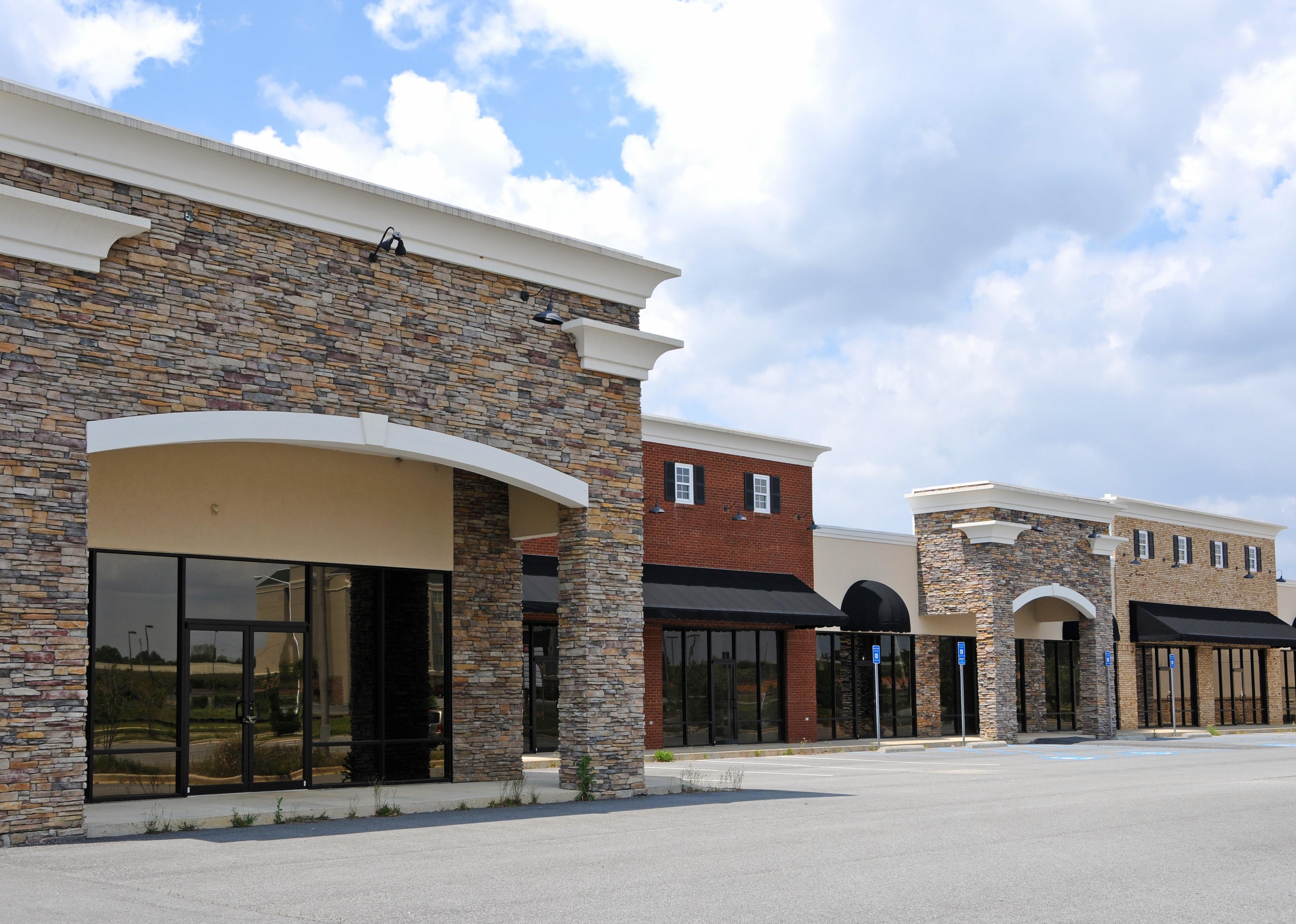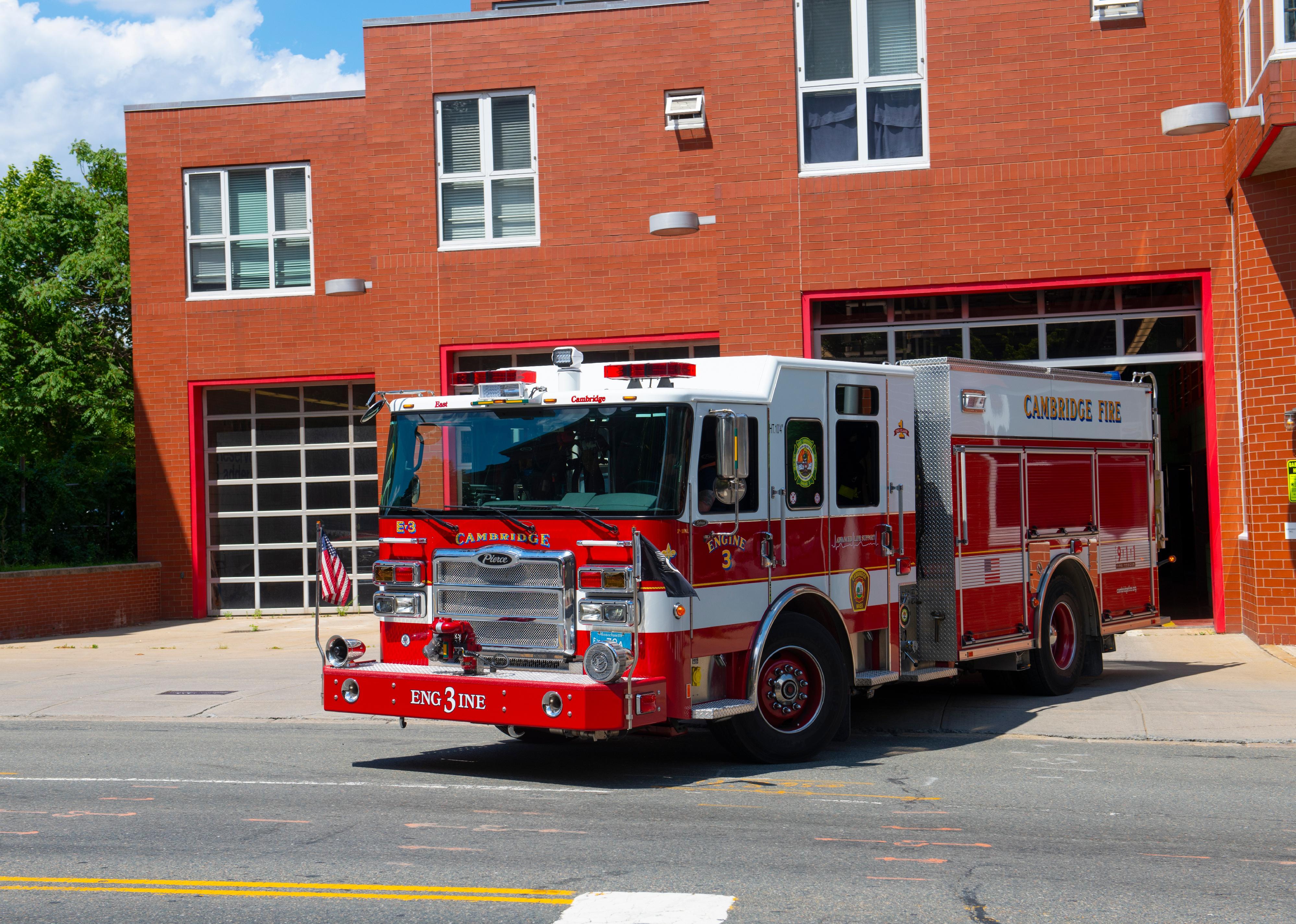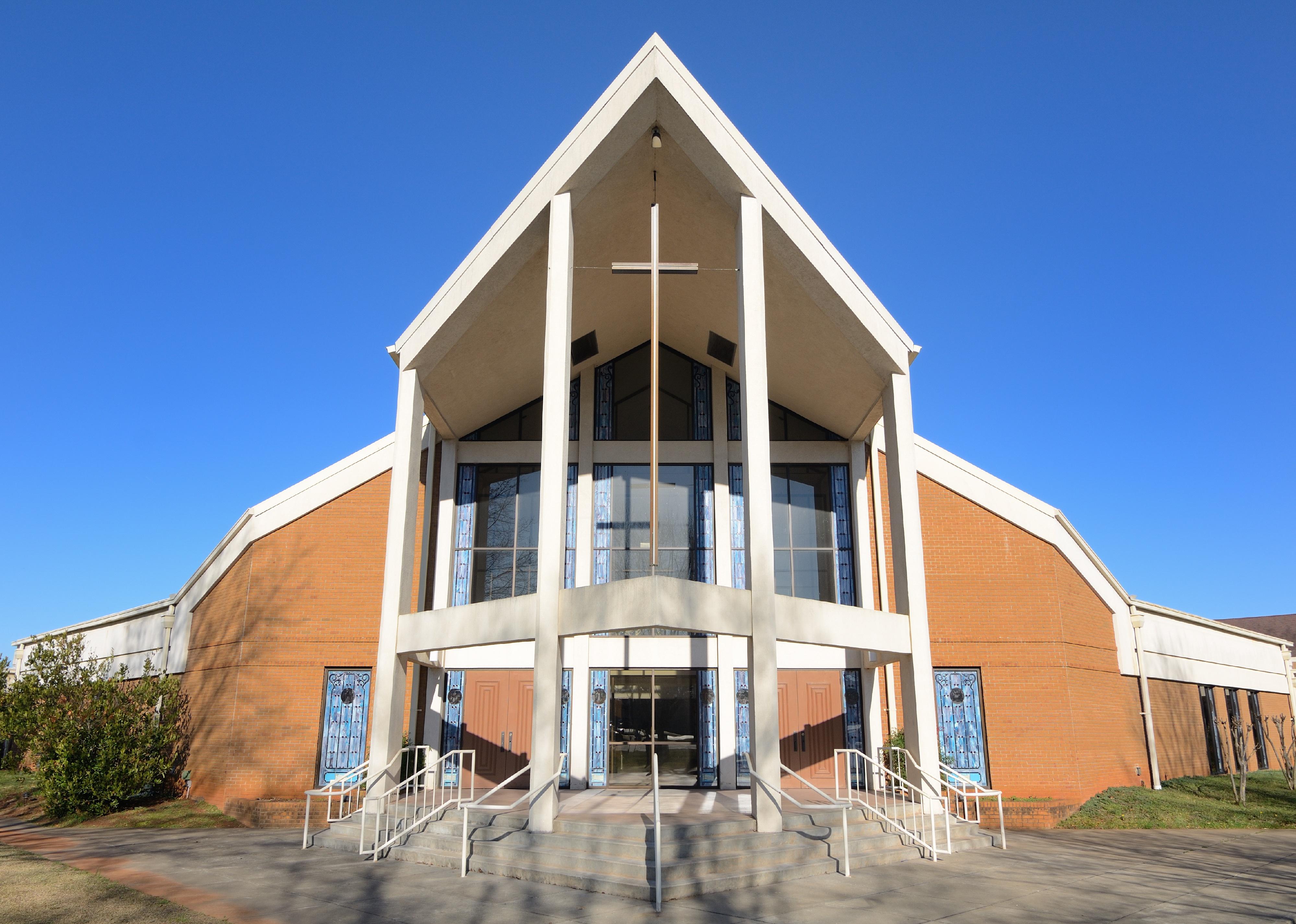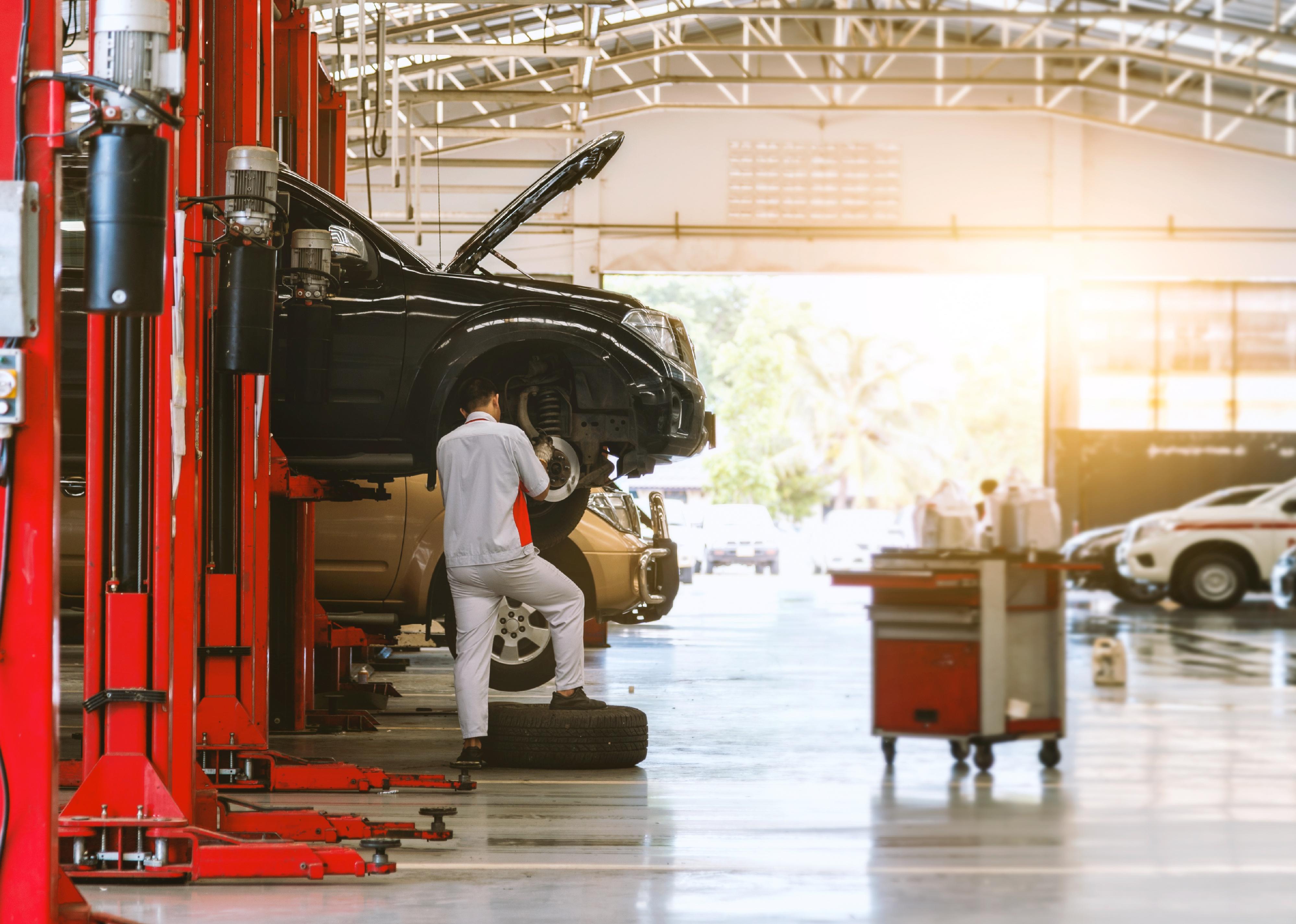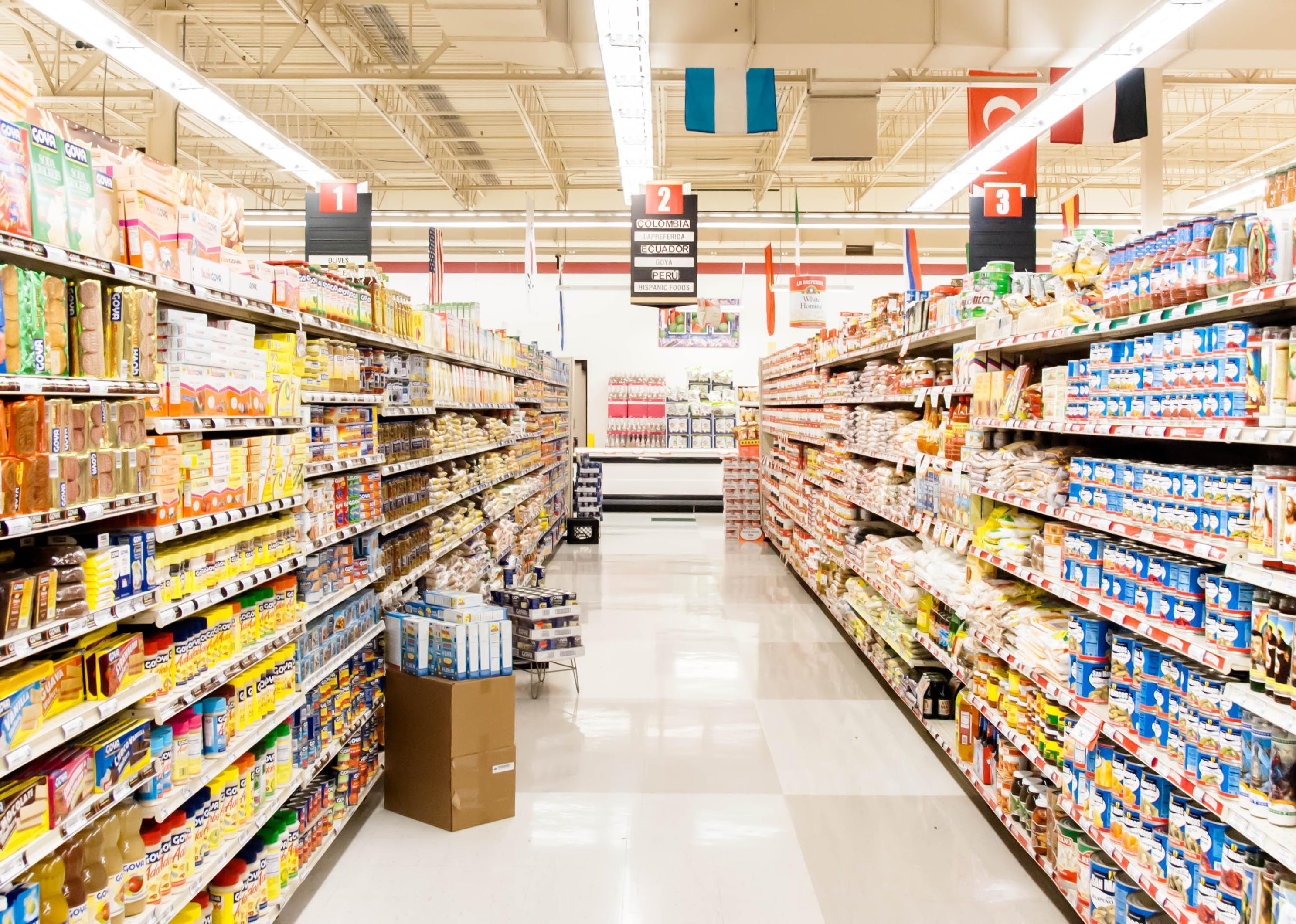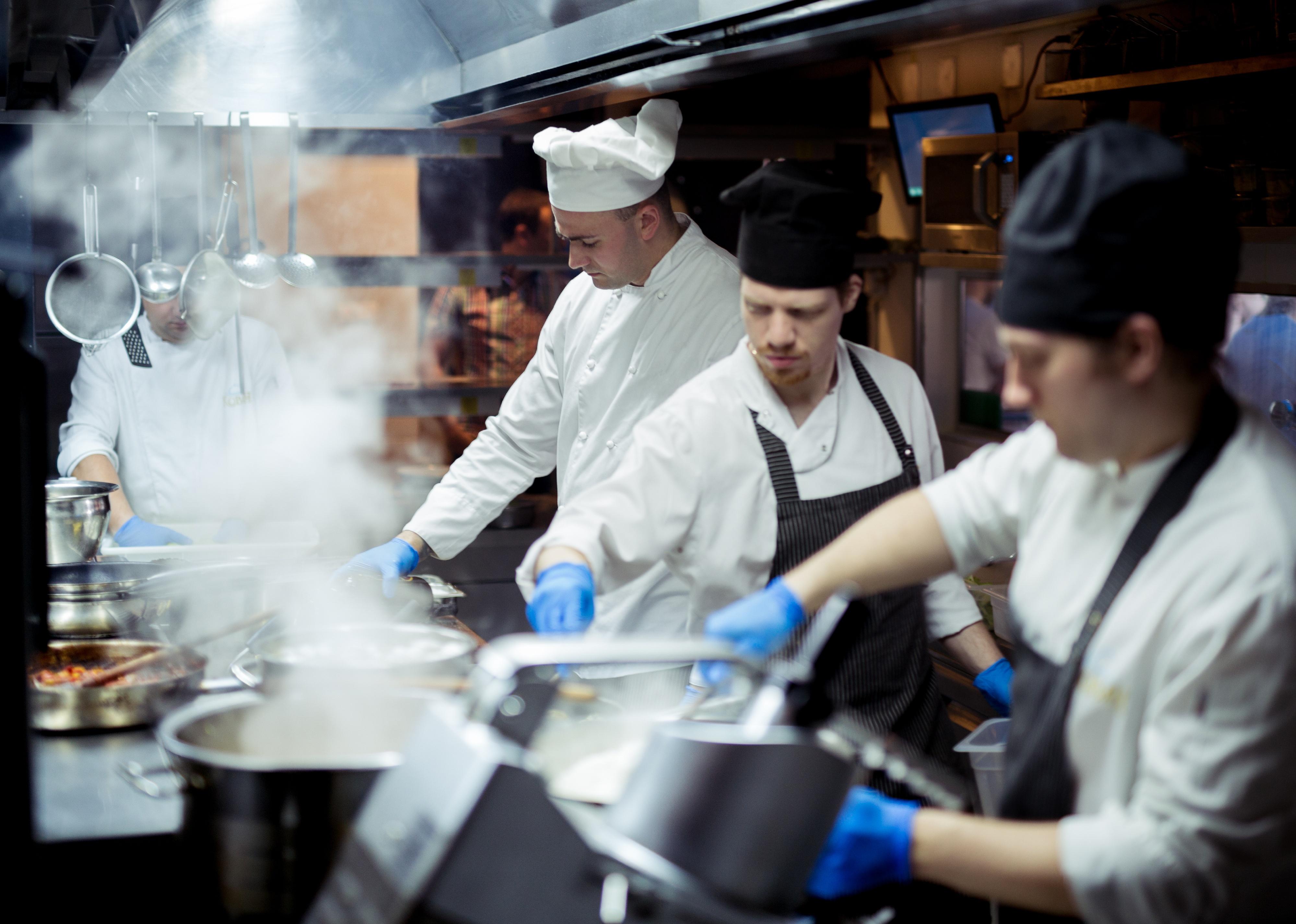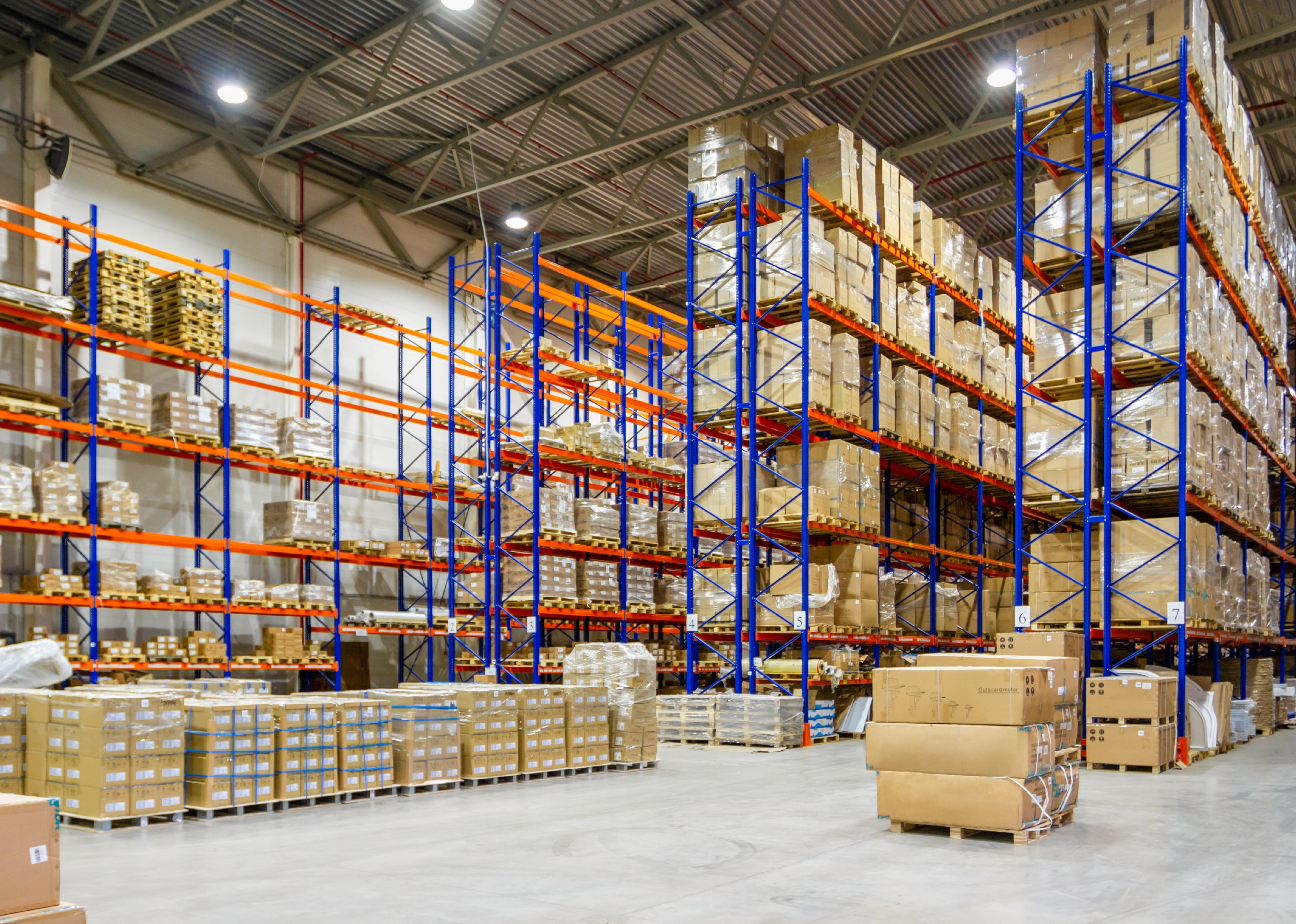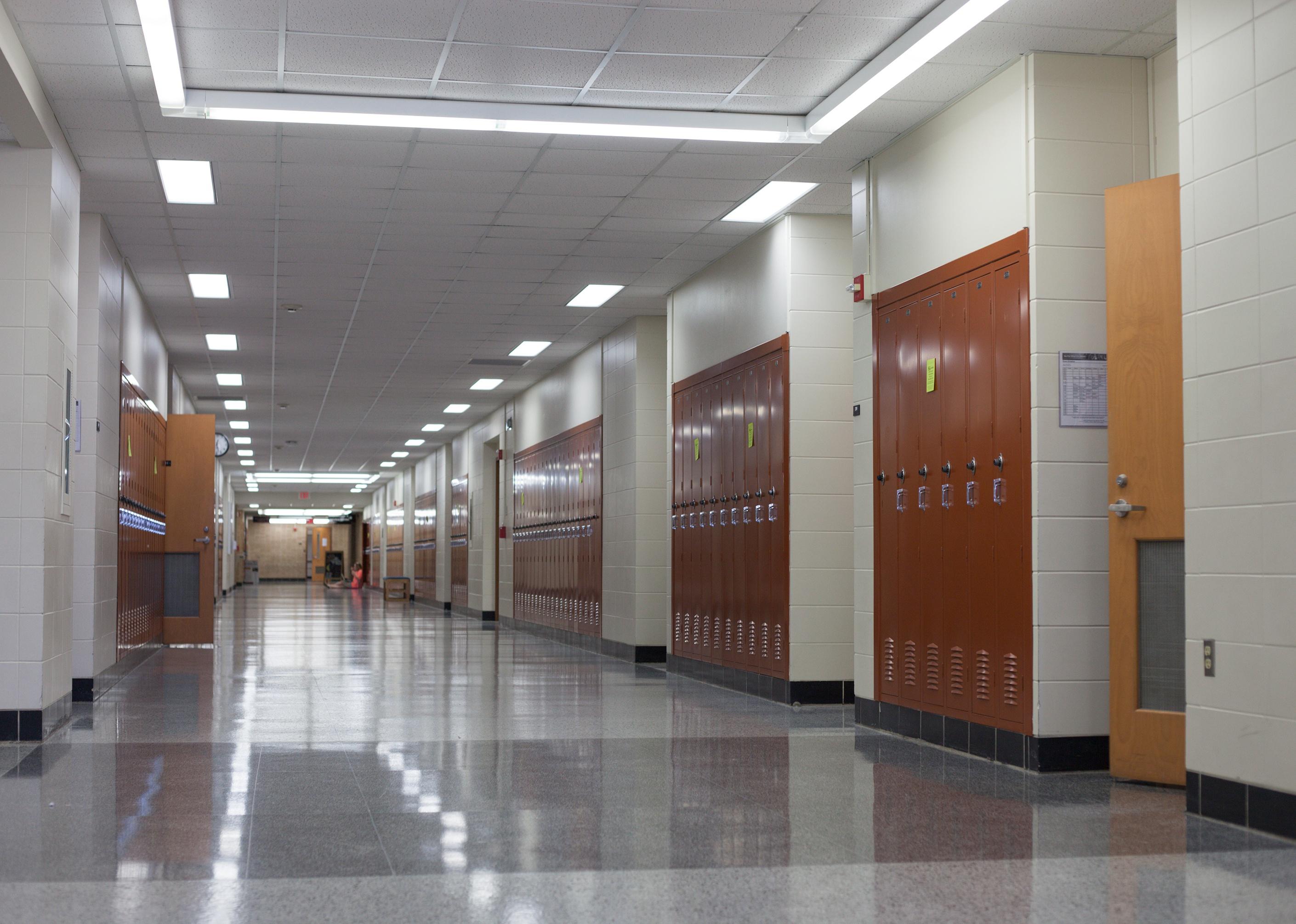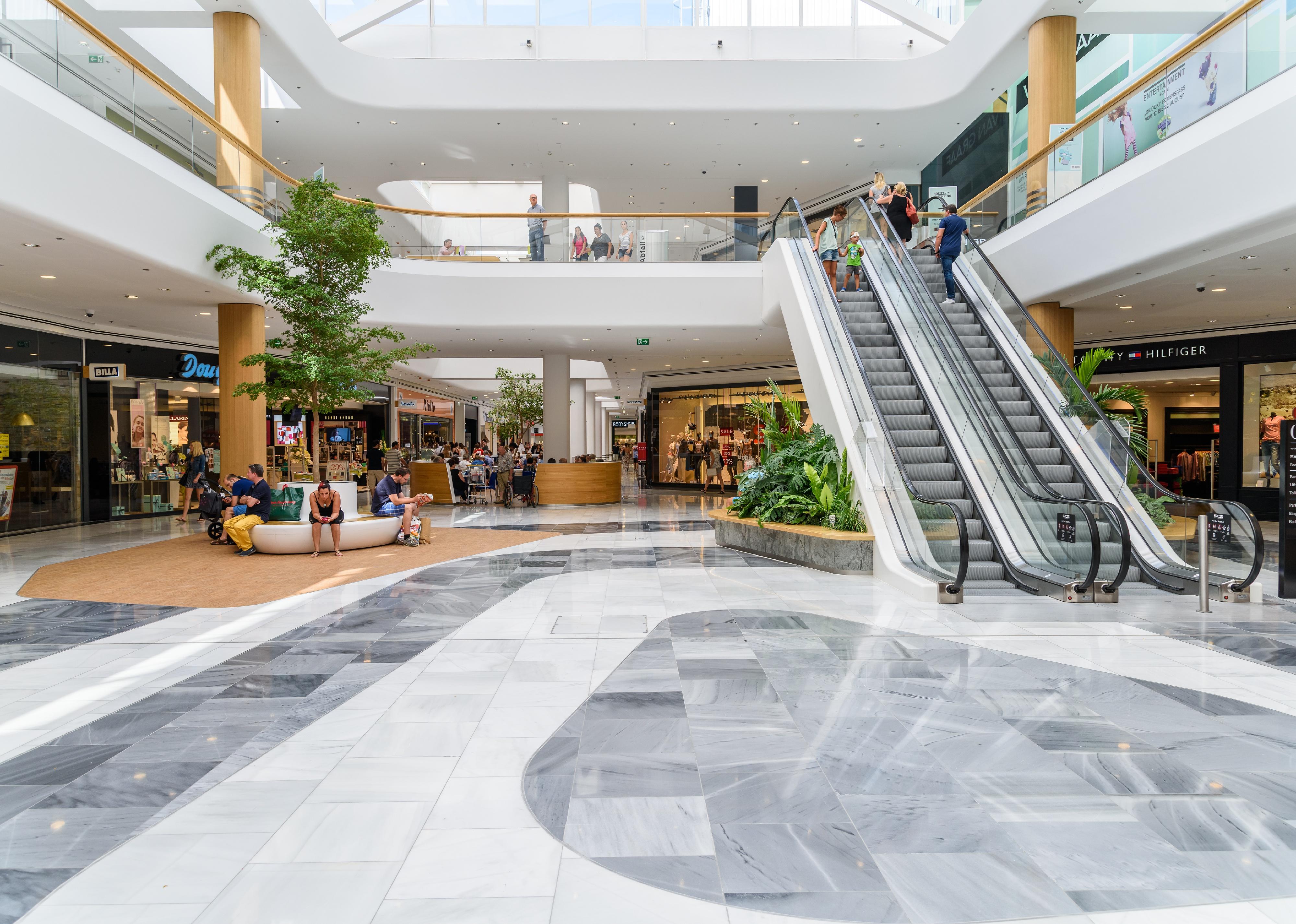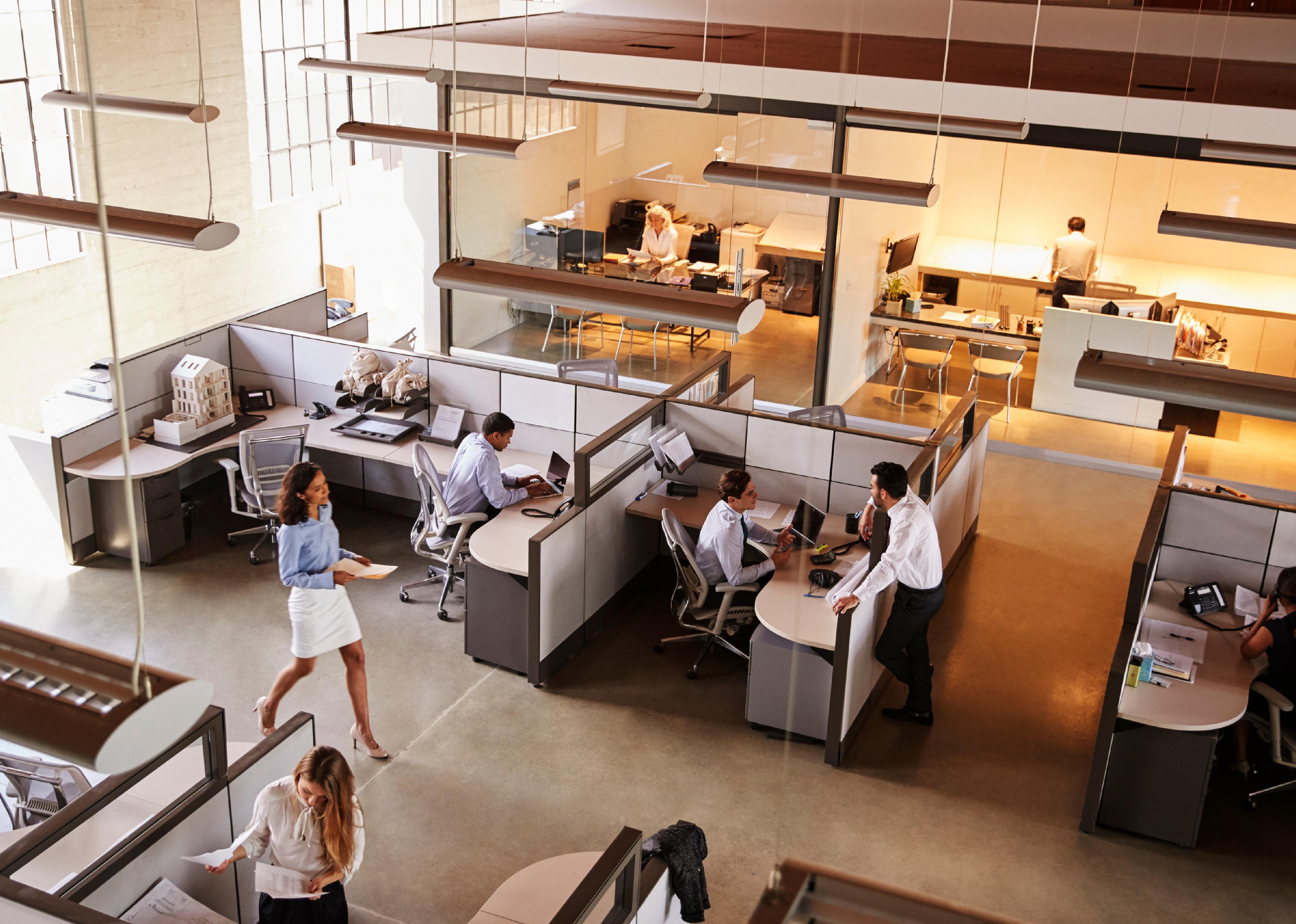What types of commercial buildings consume the most energy?
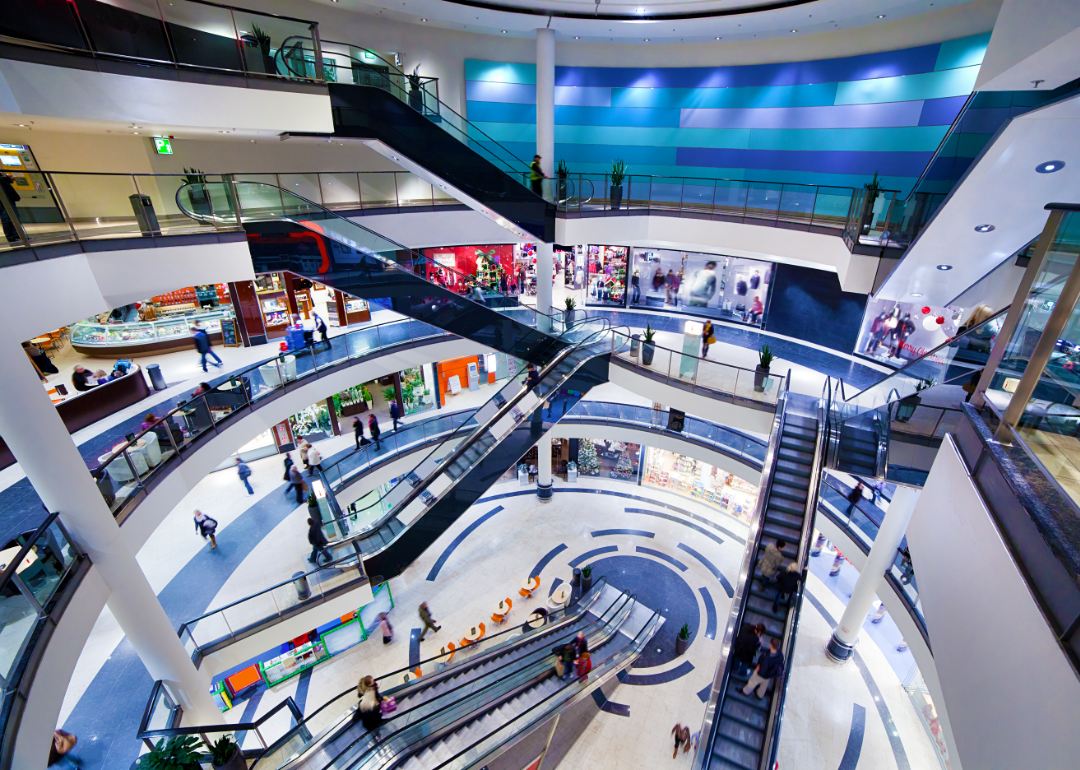
Canva
What types of commercial buildings consume the most energy?
Escalators heading in different directions inside a modern shopping mall.
Running a business isn’t just a time-consuming venture: It can eat up a huge amount of energy as well. Commercial buildings account for an estimated 18% of total U.S. energy consumption, costing around $190 billion annually. These buildings house industries including health care, food services, retail, education, worship services, public safety, and more.
Although personal residences have more flexibility to lower comfort to save money—think turning down the thermostat even in those cold winter months to save on your heating bill— commercial facilities are often expected to provide amenities to customers continuously, no matter the cost. This can include electricity-intensive air conditioning, heating, refrigeration, and lighting.
Electricity and gas are the main energy sources for commercial buildings, with electricity making up 60% of energy consumed, while natural gas accounts for 34%. Buildings over 100,000 square feet make up just 2% of commercial buildings in the U.S. but account for over one-third of total energy consumed across all commercial facilities, according to a Commercial Buildings Energy Consumption Survey released in 2022.
Using data from the Energy Information Administration, LED Lighting Supply identified commercial buildings by their principal use to determine which consume the most energy. The data is from 2018 and was released in December 2022.
The uses include space heating, cooling, ventilation, water heating, lighting, cooking, refrigeration, office equipment, and computing. It is important to note that although some uses have the highest overall energy use due to their prevalence within a certain industry, they do not necessarily have the highest per-building energy use.
![]()
Mark Winfrey // Shutterstock
#13. Vacant buildings
Vacant retail shop fronts.
– Annual energy use for vacant buildings: 5B kilowatt-hours (39K kilowatt-hours per building)
Even vacant buildings use a considerable amount of energy, often from keeping systems running that are necessary to keep the building functional. Around 40% of a vacant building’s energy output is used to heat the space, another 20% for cooling, and 10% for lighting. During the height of the COVID-19 pandemic, when virtually all office buildings were left empty, many companies found that their leases legally bound them to keep heating, cooling, and other systems operating for a certain minimum of hours.
Wangkun Jia // Shutterstock
#12. Public order and safety
Fire truck pulling out of fire station.
– Annual energy use for public order and safety: 21B kilowatt-hours (263K kilowatt-hours per building)
— Fire or police station: 7B kilowatt-hours (122K kilowatt-hours per building)
— Courthouse or probation office: 5B kilowatt-hours (595K kilowatt-hours per building)
— Other public order: 9B kilowatt-hours (794K kilowatt-hours per building)
Around 35% of energy in a public order building is directed towards heating, and a further 10% each towards cooling, water heating, and lighting. In fire stations specifically, the kitchen, gym, laundry, and other appliances are used more than in a typical household, serving the round-the-clock staff that spends time there on-call. Apparatus bays where firetrucks are housed also require a substantial amount of heating. In police stations, telephone lines, computer networks, HVAC systems, and other electricity-powered systems are also kept running for extended hours.
Sean Pavone // Shutterstock
#11. Religious worship
Modern church facade.
– Annual energy use for religious worship: 27B kilowatt-hours (61K kilowatt-hours per building)
It’s no surprise that nearly half of a religious worship space’s energy expenditure goes towards heating. Many of these buildings are notoriously old, open, and/or drafty, meaning that insulation is poor. Oftentimes, high ceilings allow heat to rise far above occupants, requiring more energy to keep the space comfortable. Many particularly old spaces were built with outdated systems that are not energy-efficient.
Memory Stockphoto // Shutterstock
#10. Service
Wide view of a car repair shop.
– Annual energy use for service: 45B kilowatt-hours (52K kilowatt-hours per building)
— Post office or postal center: 5B kilowatt-hours (145K kilowatt-hours per building)
— Vehicle service or repair: 12B kilowatt-hours (44K kilowatt-hours per building)
— Vehicle storage or maintenance: 14B kilowatt-hours (38K kilowatt-hours per building)
— Other service: 14B kilowatt-hours (71K kilowatt-hours per building)
At least 50% of a service building’s energy is spent on heating, more than any other commercial industry. Lighting also makes up a significant portion of their energy, at nearly 20%. For vehicle service and repair buildings, garages and maintenance areas require large amounts of energy, although cooling energy can be cut down by using natural airflow from garage doors in the warm months. Lighting, ventilation, and welding and power equipment all require large amounts of electricity in these areas as well. In post offices, dock doors where trucks are loaded can result in poor insulation when not closed properly, resulting in inefficient use of heating systems.
Kunal Mehta // Shutterstock
#9. Food sales
View down a grocery aisle.
– Annual energy use for food sales: 54B kilowatt-hours (329K kilowatt-hours per building)
— Convenience store (with or without gas station): 19B kilowatt-hours (156K kilowatt-hours per building)
— Grocery store or food market: 34B kilowatt-hours (1.0 million kWh per building)
Food sales buildings have the largest proportion of energy used towards refrigeration, at nearly 40%. Though overall energy intensity is relatively the same between food sales and food service buildings, food sales buildings have a higher electricity intensity compared to natural gas. Such buildings tend to have extended service hours compared to other commercial buildings, upping their energy consumption.
ZoranOrcik // Shutterstock
#8. Food service
Group of chefs working in a kitchen.
– Annual energy use for food service: 61B kilowatt-hours (212K kilowatt-hours per building)
— Fast food: 18B kilowatt-hours (260K kilowatt-hours per building)
— Restaurant or cafeteria: 37B kilowatt-hours (214K kilowatt-hours per building)
— Other food service: 5B kilowatt-hours (120K kilowatt-hours per building)
Food service is one of the three highest energy-intensive industries. Unsurprisingly, it eclipses all other commercial industries in the proportion of energy that is dedicated to cooking, at around 40%. This can include food preparation meant for mass consumption, but not small-scale or personal preparation like vending machines, coffee pots, or microwaves.
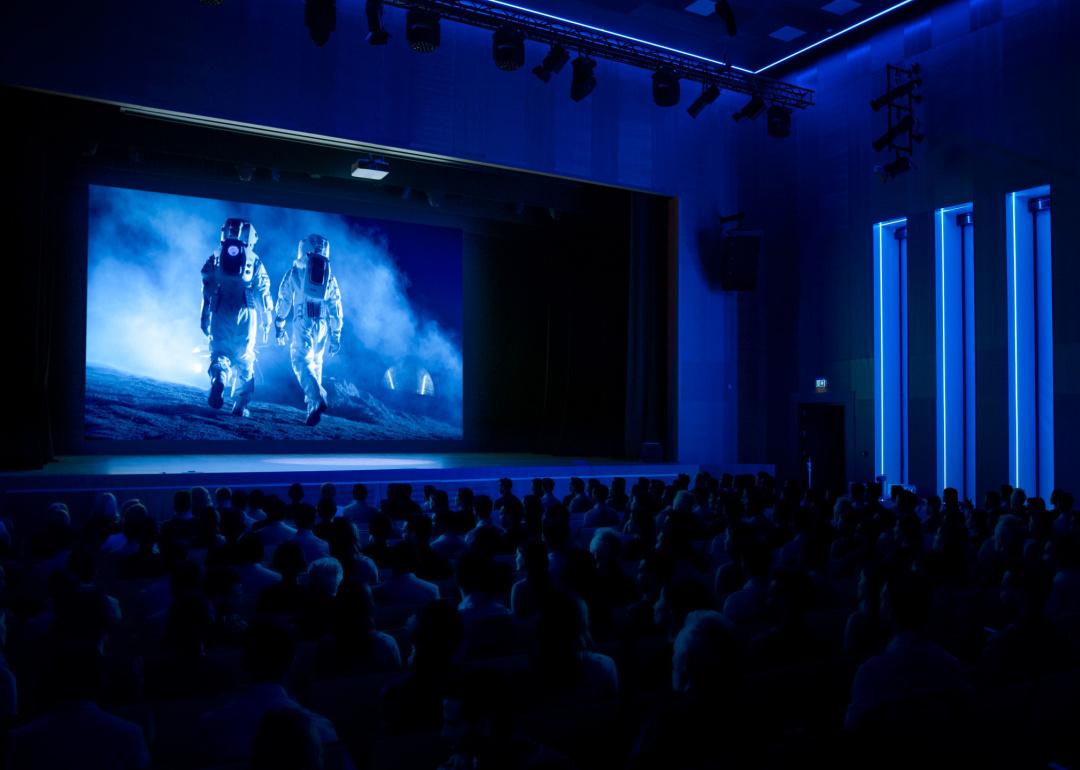
Gorodenkoff // Shutterstock
#7. Public assembly
Back view of movie theater audience and screen.
– Annual energy use for public assembly: 87B kilowatt-hours (179K kilowatt-hours per building)
— Library: 7B kilowatt-hours (267K kilowatt-hours per building)
— Entertainment or culture: 17B kilowatt-hours (246K kilowatt-hours per building)
— Recreation: 30B kilowatt-hours (195K kilowatt-hours per building)
— Social or meeting: 26B kilowatt-hours (116K kilowatt-hours per building)
— Other assembly: 8B kilowatt-hours (397K kilowatt-hours per building)
Public assembly buildings expend nearly half of their energy use on heating and around 20% on cooling the space. Movie theaters tend to use higher amounts of energy for air conditioning, but perhaps less than expected for ventilation. Those large screens and booming sound systems also demand large amounts of electricity, although if enough people attend a film screening, it can actually be more energy-efficient than a single person watching alone at home.
Roman Vyshnikov // Shutterstock
#6. Warehouses and storage
Interior of a modern warehouse.
– Annual energy use for warehouses and storage: 95B kilowatt-hours (120K kilowatt-hours per building)
— Nonrefrigerated: 85B kilowatt-hours (108K kilowatt-hours per building)
— Refrigerated: 10B kilowatt-hours (2.8 million kWh per building)
In general, warehouses expend about 40% of their energy on heating, 20% on lighting, and 10% on cooling, although there are differences depending on whether the facility is refrigerated or nonrefrigerated. Refrigerated warehouses store perishable or sensitive food and medicine products, including produce, seafood, nutritional supplements, vaccines, blood samples, and/or cosmetics. They naturally expend a large amount of energy on refrigeration and are projected to grow in use in the coming years.
Monkey Business Images // Shutterstock
#5. Health care
Staff in a busy lobby of modern hospital.
– Annual energy use for health care: 96B kilowatt-hours (698K kilowatt-hours per building)
— Inpatient: 65B kilowatt-hours (7.6 million kWh per building)
— Outpatient: 31B kilowatt-hours (238K kilowatt-hours per building)
Inpatient health care facilities are among the most energy-intensive commercial buildings for both heating and ventilation, completing the trio (along with food service and food sales) of the three most energy-intensive industries overall. Between inpatient and outpatient facilities, fairly similar percentages of energy are used for heating and cooling, although outpatient facilities used proportionally more energy towards lighting and ventilation.
Health care energy consumption is largely dominated by heating, cooling, ventilation, lighting, and running medical equipment. There are “strict air quality requirements for hospitals to maintain safety and comfort,” leading to extensive use of HVAC systems. Because hospitals run on a 24-hour basis, they also tend to dedicate more energy towards lighting and equipment than other industries.
antoniodiaz // Shutterstock
#4. Lodging
Businessman at front desk of a hotel lobby.
– Annual energy use for lodging: 100B kilowatt-hours (484K kilowatt-hours per building)
— Hotel: 46B kilowatt-hours (703K kilowatt-hours per building)
— Motel or inn: 9B kilowatt-hours (222K kilowatt-hours per building)
— Dormitory, fraternity, or sorority: 9B kilowatt-hours (268K kilowatt-hours per building)
— Nursing home or assisted living: 30B kilowatt-hours (788K kilowatt-hours per building)
— Other lodging: 6B kilowatt-hours (212K kilowatt-hours per building)
Lodging buildings dedicate fairly equal proportions of energy towards space heating and water heating—about 20% each—and slightly less towards cooking and ventilation. Hotels in particular can’t avoid using energy for nearly every amenity, including refrigeration, cooling, heating, cooking, lighting, gym equipment, pools, restaurants, bars, elevators, and office equipment.
Nursing homes, motels, and dormitories tend to offer the same amenities, albeit often on smaller scales. Because multiple people and families are residing in these buildings at once, it’s not just one refrigerator or computer working within a building, as is typical of residencies—it is often several working simultaneously, exponentially increasing energy use.
legenda // Shutterstock
#3. Education
Empty school hallway with lockers.
– Annual energy use for education: 128B kilowatt-hours (293K kilowatt-hours per building)
— College or university: 23B kilowatt-hours (385K kilowatt-hours per building)
— K-12: 96B kilowatt-hours (365K kilowatt-hours per building)
— Multi-grade school (any K–12): 14B kilowatt-hours (397K kilowatt-hours per building)
— Preschool or day care: 4B kilowatt-hours (49K kilowatt-hours per building)
— Other classroom education: 5B kilowatt-hours (151K kilowatt-hours per building)
A little over 40% of energy expenditures for education were spent on heating and around 10% on cooling. Computers, vending machines, and other appliances are often left on continuously. Schools are particularly bad at maintaining energy efficiency by keeping lights on in unoccupied rooms and hallways: One school in Massachusetts has had their building lights on for a year and a half straight.
Radu Bercan // Shutterstock
#2. Mercantile use
Interior of a shopping mall with escalators.
– Annual energy use for mercantile use: 180B kilowatt-hours (352K kilowatt-hours per building)
— Retail (other than mall): 71B kilowatt-hours (205K kilowatt-hours per building)
— Enclosed and strip malls: 109B kilowatt-hours (657K kilowatt-hours per building)
Mercantile buildings expend about a quarter of their energy on heating, though retail footprints located outside of mall environments tend to use comparatively more of their energy expenditure on lighting and ventilation. Malls use proportionally more energy on cooking, refrigeration, and water heating, possibly due to food courts and food vendors existing alongside shops. Other sources of energy use include both interior and exterior lighting (think of those large neon signs beckoning you to explore stores and sales), computers and tablets used at checkout, and water fountains and vending machines.
Monkey Business Images // Shutterstock
#1. Offices
Elevated view of a busy open plan office.
– Annual energy use for offices: 227B kilowatt-hours (234K kilowatt-hours per building)
— Administrative or professional: 126B kilowatt-hours (227K kilowatt-hours per building)
— Bank or other financial: 9B kilowatt-hours (193K kilowatt-hours per building)
— Government: 32B kilowatt-hours (251K kilowatt-hours per building)
— Medical (nondiagnostic): 5B kilowatt-hours (99K kilowatt-hours per building)
— Mixed-use: 50B kilowatt-hours (423K kilowatt-hours per building)
— Other office: 5B kilowatt-hours (69K kilowatt-hours per building)
Offices are the second-highest commercial users of computing systems, second only to computing-heavy data centers. Computing here can include the use of computers, laptops, monitors, and servers. The largest proportion of an office’s energy is spent on heating, ventilating, and lighting. Water heaters, server rooms, and some lighting fixtures are designed to operate continuously within office spaces to ensure uninterrupted functionality.
This story originally appeared on LED Lighting Supply and was produced and
distributed in partnership with Stacker Studio.
